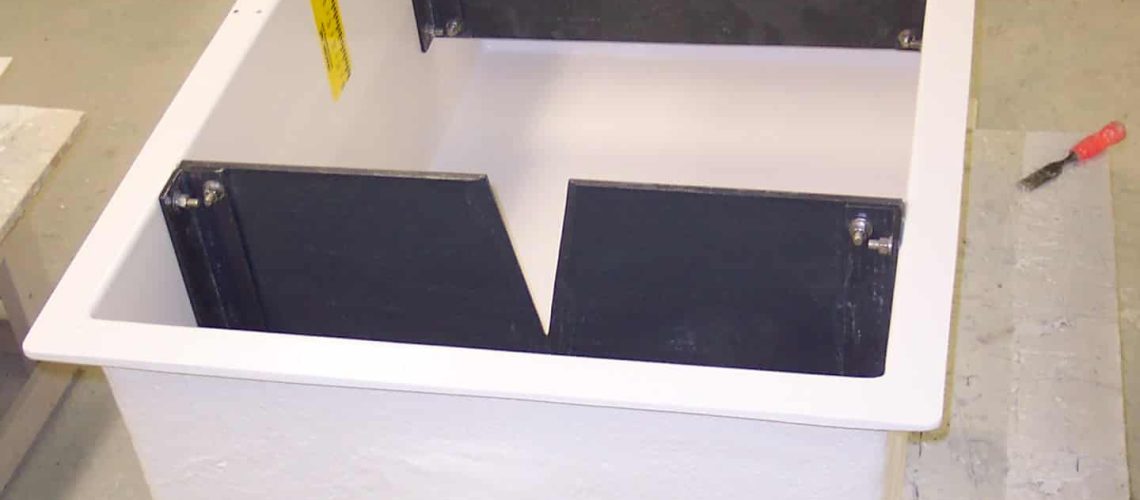For many operations looking for a flow management device, the best option is a weir plate. With a weir plate, there are several important issues that need to be taken into account, including the material from which your weir plate is constructed. If cost is a concern, for instance, you may choose to have your weir plate made from stainless steel.In many regards, stainless steel is a good material for your weir. However, there are also certain risks to choosing stainless steel, including the possibility that your weir will suffer extensive damage very quickly. Find out why you should steer clear of stainless steel weir plates and learn why choosing another material will be a much better long-term investment.
Damage Over Time
When your stainless steel weir plate is brand new, it should function the way that you want and need. The longer your weir has been installed, however, the more damage it will accumulate, reducing the effectiveness of your weir and the accuracy of your readings.Stainless steel weir plates, when installed permanently, are subject to a wide range of damage. In particular, the nappe of your weir is very vulnerable to harm, including issues such as scratching and corrosion. If the integrity of your nappe is compromised, it will change how flow spills over the nappe. When flow is uneven, it means that your readings will be inaccurate.The nappes of stainless steel weir plates are much more delicate than most people believe, and when damage occurs, your operators will have a very difficult time keeping your operation up and running.
Damage During Transportation
While most stainless steel weir plates are meant for permanent installation, others will be transported from site to site. Weirs that are transported between locations will be continuously installed and removed, and as you might imagine, this will greatly increase the likelihood of damage to your weir plate.Frequent installation can result to damage in the plate itself, and may also seriously damage the nappe. If you need to frequently reposition your weir plate, then you need to consider a material other than stainless steel.
Choose Fiberglass Weir Plates
Although having your weir plate constructed from stainless steel is certainly cost-effective, it can also be very risky. If you want to make sure that your weir plate lasts as long as possible, then fiberglass is the best material for you.Fiberglass weir plates are well-known for their longevity and resistance to a wide range of damages. Having your weir plate constructed from fiberglass means that it will be much more resistant to corrosion and other serious issues.
Purchase Fiberglass Weir Plates
In most cases, stainless steel weir plates aren’t the right decision. Instead, you should have your weir plate made from a high-quality, durable material such as fiberglass. When you’re ready to invest in fiberglass weir plates, you can browse the inventory of Tracom, FRP. Tracom is one of the top producers of fiberglass flow management products, including fiberglass weir boxes with integrated weir plates. We would be happy to talk with you about our products so that you can be sure you’re choosing the right option for you. Contact Tracom today for assistance.



